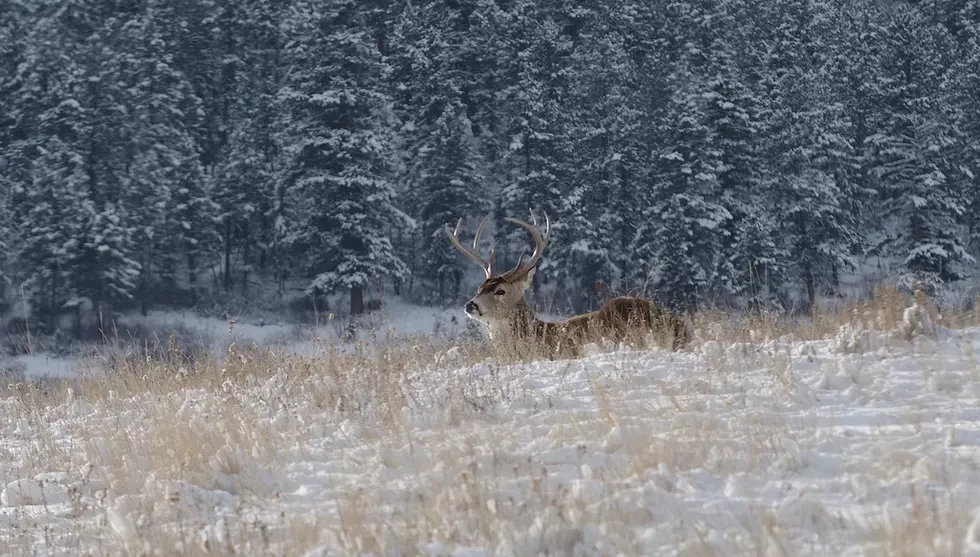
December precip, cold snap helps Montana’s mountain snowpack
The snows of late December helped the western Montana snowpack build up after a warmer-than-normal end to 2021.
As of Jan. 1, the mountains in the northwestern part of Montana have received enough snow to be slightly above the median amount of moisture measured for the past 30 years, according to Natural Resources and Conservation Service measurements. The North Fork and Stillwater basins of the Flathead River are sitting at about 115%.
However, the snowpack is somewhat less near Missoula, where the Bitterroot, Blackfoot and Upper Clark Fork basins all have around 90% of the 30-year median. Farther east of the Continental Divide, the Helena Valley, Smith, Judith and Musselshell are all a little worse off with only about 80% of its snowpack to start the year.
Unfortunately, the region with lower snowpack is also the part of the state where drought is still “exceptional,” according to the U.S. Department of Agriculture Drought Monitor map published Dec. 28. Exceptional drought extends from the Big Hole River valley northeast across the Continental Divide to central Montana along the Missouri River.
The rest of the state isn’t much better, with another two-thirds enduring severe to extreme drought. The only area of the state that finally has no drought is the northwest, where the snowpack is good.
The somewhat low snowpack is the result of the warm autumn that didn’t make way for winter until December. For the month of November, the mean temperature statewide was more than 3 degrees above normal with much of the southern half of the state hitting more than 6 degrees above normal, according to data from the University of Idaho West-wide Drought Tracker.
December was better temperature-wise with the north-central part of the state seeing mean temperatures 3 to 4 degrees below normal while temperatures were still above normal in the southwest. The Bitterroot Valley was 4 degrees above normal while parts of the Big Hole Valley were 5 degrees above normal.
But it was December’s precipitation that helped with the snowpack. All basins received above average precipitation during December with the Yaak in the far northwest and the Sun River basin east of the Divide receiving around twice as much precipitation as during a normal December.
Based on the long-range forecast, Montana might be fortunate enough to see that kind of precipitation continue.
The one-month outlook predicts a normal January temperature-wise, but La Nina might finally make an appearance because the Northwest, including all of Montana, has a good chance of above average January precipitation. The above average moisture looks to continue through March while temperatures have a good chance of plunging a bit below average in February and March.
All of that is good news for drought-stricken Montana. But the year is young and time will tell if the cold weather will hold out long enough to keep the mountain snowpack healthy into early summer.
Contact Laura Lundquist at lundquist@missoulacurrent.com.
